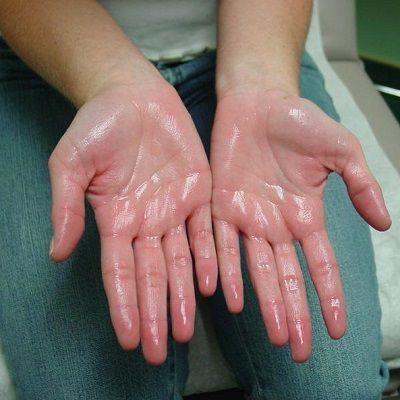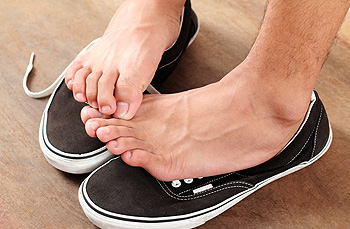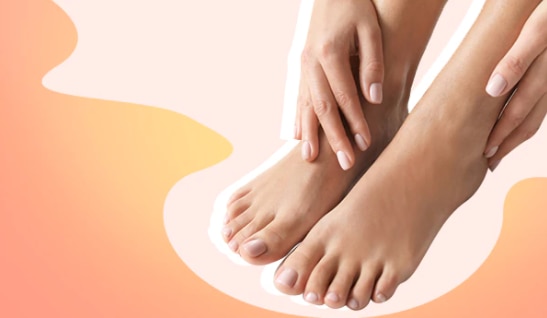Introducing the Complexities of Excessive Sweating: A Comprehensive Guide to Medical Diagnosis and Monitoring
Excessive sweating, medically referred to as hyperhidrosis, is a problem that influences a significant number of people and can have an extensive influence on their lifestyle. While sweating is a natural bodily function, its overactivity in hyperhidrosis provides an one-of-a-kind set of challenges that typically surpass plain pain. Understanding the underlying causes, recognizing the symptoms, and navigating the diagnostic process for hyperhidrosis can be elaborate tasks. In this detailed guide, we will check out the intricacies of hyperhidrosis, from its medical diagnosis to the variety of treatment options available, dropping light on effective management techniques for those coming to grips with this condition.

Understanding Hyperhidrosis Causes
Hyperhidrosis triggers can be connected to various elements such as genes, hormone imbalances, and particular clinical problems. Genetics play a substantial role in key focal hyperhidrosis, where individuals acquire the problem from their household members. By identifying the specific elements adding to too much sweating, healthcare suppliers can customize treatment plans to deal with the underlying reason, supplying relief and improving the high quality of life for people influenced by hyperhidrosis.
Identifying Hyperhidrosis Symptoms

Moreover, hyperhidrosis signs and symptoms might manifest in psychological and social distress, as individuals might feel embarrassed or distressed concerning their sweating, resulting in evasion of social scenarios (Exessive Sweating). Furthermore, duplicated episodes of too much sweating can cause skin maceration, fungal infections, and an overall decrease in self-confidence
Diagnostic Process for Hyperhidrosis
Starting the diagnostic process for extreme sweating includes complete examination of the individual's clinical history and health examination. Asking about the beginning, duration, and activates of sweating episodes is essential to set apart between key focal hyperhidrosis and secondary generalised hyperhidrosis. Case history needs to likewise consist of questions regarding drugs, medical problems, and family members history of hyperhidrosis.
Throughout the physical exam, specific focus is paid to the areas impacted by sweating. The medical care company might assess the degree of sweating, look for indicators of underlying conditions, and examine the influence of sweating on the individual's lifestyle. In addition, particular tests see this here like the gravimetric test, starch-iodine examination, or skin conductance dimensions might be conducted to measure the quantity of sweat generated.
In addition, in instances where second hyperhidrosis is suspected, additional tests such as blood examinations, pee examinations, and imaging researches might be suggested to determine the underlying reason of excessive sweating. The analysis procedure intends to precisely figure out the kind and root cause of hyperhidrosis to direct suitable monitoring strategies.
Therapy Alternatives for Hyperhidrosis
When dealing with excessive sweating, different treatment options are available to alleviate signs and enhance the individual's high quality of life. The treatment method for hyperhidrosis depends on the severity of symptoms and the person's feedback to preliminary therapies.
Topical therapies, such as aluminum-based antiperspirants, are typically advised as the very first line of protection for handling moderate situations of hyperhidrosis. For individuals with extra severe signs, oral medicines like anticholinergics may be recommended to assist lower sweating.

Effective Monitoring Methods
To successfully handle hyperhidrosis, a personalized and thorough treatment strategy customized to the person's specific needs and action to previous treatments is crucial. Iontophoresis, involving the use of a reduced electric current to decrease sweat gland activity, can be helpful for both palmoplantar and axillary hyperhidrosis. A multidisciplinary technique involving dermatologists, key treatment doctors, and, if necessary, surgeons, can enhance the management of hyperhidrosis.
Final Thought
Finally, hyperhidrosis is a problem browse this site identified by extreme sweating, which can substantially influence a person's lifestyle. By recognizing the causes, identifying the symptoms, and going through the diagnostic procedure, medical care providers can effectively manage this problem. Therapy alternatives consist of topical drugs, dental medicines, shots, and also medical procedures in severe situations. With appropriate medical diagnosis and administration strategies, people suffering from hyperhidrosis can discover image source alleviation and improve their general well-being.
Excessive sweating, clinically recognized as hyperhidrosis, is a problem that impacts a considerable number of individuals and can have a profound impact on their quality of life. By identifying the specific factors adding to excessive sweating, medical care suppliers can tailor treatment plans to resolve the underlying reason, offering alleviation and improving the top quality of life for individuals influenced by hyperhidrosis.
Hyperhidrosis, defined by too much sweating past what is needed for regulating body temperature, can substantially affect an individual's quality of life. Asking about the start, duration, and triggers of sweating episodes is critical to differentiate between key focal hyperhidrosis and additional generalized hyperhidrosis. Treatment for hyperhydrosis of hands.In final thought, hyperhidrosis is a problem identified by extreme sweating, which can significantly influence a person's high quality of life
Comments on “Specialist Dermatology Solutions for Treatment of Hyperhydrosis of Hands: Comprehensive Guide”